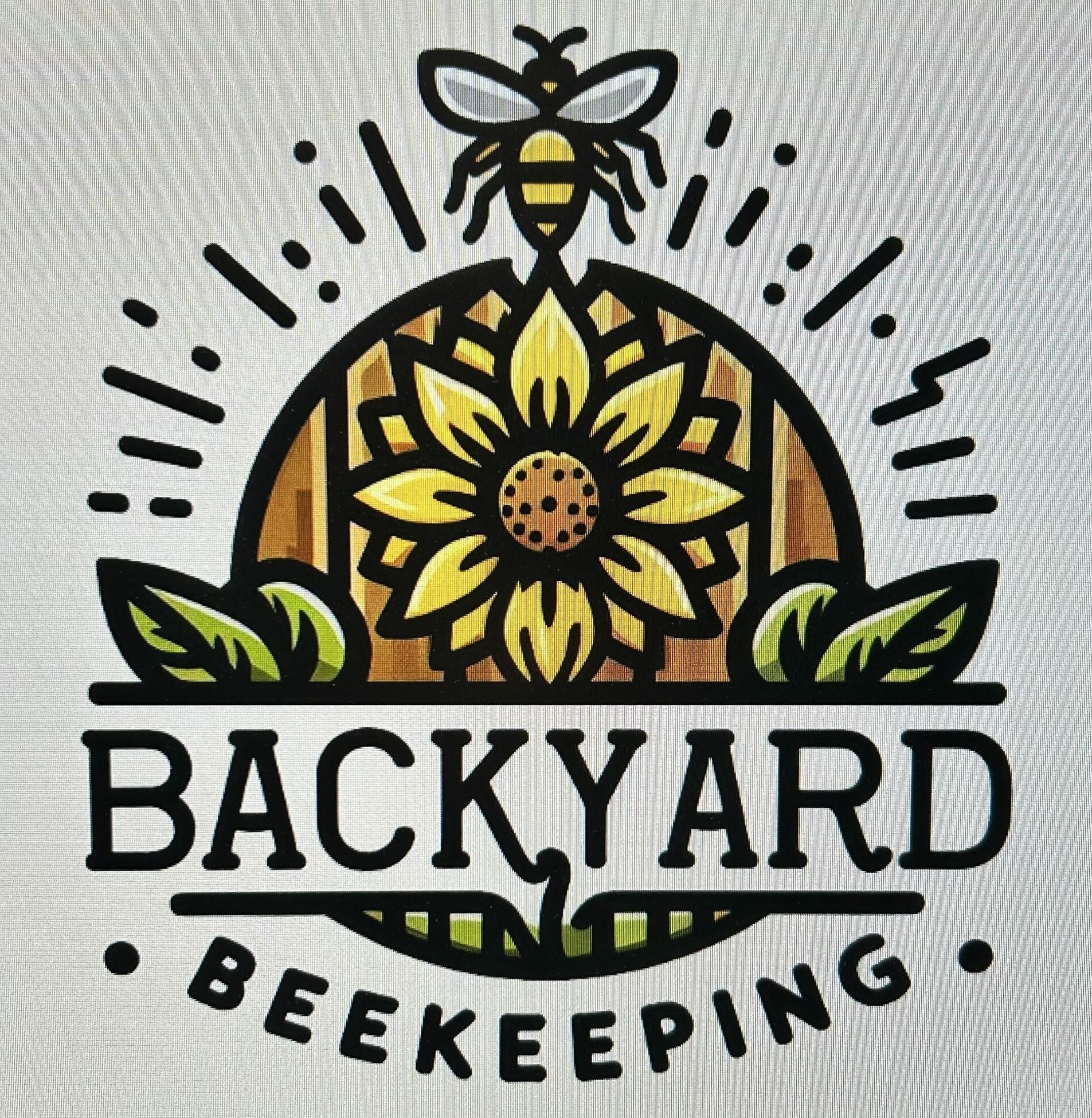Hopguard isn’t just some buzzword floating around the beekeeping community. It’s a vital tool in the beekeeper’s toolbox aimed at tackling the pesky problem of Varroa mites. Those little critters are a beekeeper’s nightmare, messing with the bees’ health and, by extension, the whole hive’s productivity.
Hopguard steps in as a varroa mite treatment. It’s a strip, soaked with hops beta acids, placed inside the hive. When bees come into contact with it, the treatment targets those mites directly without hurting our buzzing friends.
The importance of dealing with mites can’t be stressed enough. An untreated mite infestation can lead to a weakened colony, susceptibility to diseases, and in worst-case scenarios, total hive collapse. Not cool, right? Hopguard helps manage this problem, offering a more natural solution compared to some harsh chemicals that might also be used.
While Hopguard has proven useful, it does come with its own set of challenges. The effectiveness depends on how well it’s applied and used. Plus, some folks debate its efficiency during colder months, but it generally wins praise for being a more sustainable choice.
Understanding the benefits and limits of Hopguard is crucial for anyone serious about maintaining bee health. It’s about balancing effectiveness with gentleness on the bees, which is a big deal when aiming for a thriving hive.
How to Use Hopguard: Step-by-Step Instructions
Getting ready to use Hopguard is pretty straightforward, but it requires some attention to detail. Start by gathering all your supplies. You’ll need Hopguard strips, a hive tool, and protective gear. Safety first, always! A little planning goes a long way.
Before diving right in, ensure the hive is ready. Calm the bees by using a smoker, so you’ll have an easier time working inside the hive. Trust me, it’s more pleasant for both you and the bees.
When you’re all set, grab a Hopguard strip. Place it between frames in the brood chamber, right in the bees’ main hangout spot. This positioning is crucial as it maximizes the treatment’s effectiveness, the bees need to walk through it to handle those mites.
While placing the strips, it’s vital to follow safety practices. Wear gloves, and don’t skip on that protective clothing.
Now, timing matters. Apply Hopguard during periods when honey production isn’t in top gear to avoid any residue issues that might affect honey quality.
Keep in mind that each hive might need a different number of strips. Usually, it’s two strips per brood chamber, but checking with the latest guidelines ensures you’re right on track.
Treat both strong and weak colonies to maintain overall apiary health. Once everything’s in place, close up the hive securely.
Regular checks post-application are key. Observe how the bees are doing and be ready to make adjustments if needed. This is what keeps your hive in healthy balance.
Analyzing the Effectiveness of Hopguard Mite Treatment
Measuring the effectiveness of Hopguard is something every responsible beekeeper needs to get on top of. While Hopguard is known for its natural approach, it’s always wise to weigh how well it stacks up against other mite treatments out there.
Hopguard’s natural ingredients score big points, especially if you’re keen on keeping things as eco-friendly as possible in your beekeeping practices. Many beekeepers appreciate it for being less harsh and more aligned with organic practices. But when it comes to effectiveness, there are various factors to consider, like hive conditions and timing of use.
It’s recommended to apply Hopguard when mite counts begin to rise, not just as a one-off. Consistent monitoring of mite levels in your hives will give you a better idea of when to reapply. After all, it’s about keeping those little unwanted guests at bay without compromising the bees’ wellbeing.
Hearing from other beekeepers, plenty have shared success stories about seeing noticeable drops in mite numbers after using Hopguard. This feedback can be a useful yardstick, but remember, every hive is different. What works wonders for one might need tweaks for another.
Continue to observe your hives after treatment. Making adjustments based on hive conditions and keeping up-to-date with ongoing research in hive management will keep you a step ahead. With proper application and diligent observation, Hopguard can be a solid part of your mite control strategy.
Integrating Hopguard into a Comprehensive Beekeeping Strategy
To really harness the full potential of Hopguard, think of it as one important piece in your larger beekeeping strategy. Relying on a single treatment is rarely the best way to manage mite issues and bee health.
Hopguard can complement various other beekeeping practices. Consider integrating it with techniques like drone brood removal, screened bottom boards, and regular hive inspections. This holistic approach helps maintain balance and resilience within your bee colonies.
Keep tabs on your bees’ wellbeing through regular monitoring. It’s all about catching issues early and adjusting treatments accordingly. This proactive attitude ensures your bees thrive without unneeded stress or interference.
Staying plugged into the latest in beekeeping technology is also beneficial. With ongoing research and development in the field, new insights can improve the way you approach mite management.
Remember, every bee colony is unique. Observing how your bees respond to different treatments and techniques will guide you to refine your approach over time. Keeping bees healthy and productive is an ongoing journey, and Hopguard is just one significant step on that path.

Noted. Not come across this challenge yet.